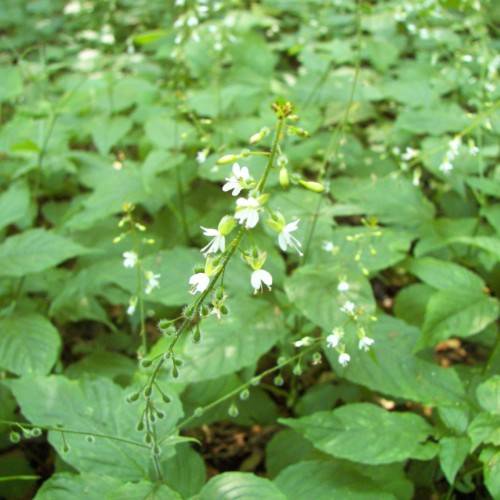
Enchanter's Nightshade
Circaea alpina subsp. pacifica
Watering:
Frequent
Hardiness Zone:
Sun:
full sun,part shade
Leaf:
Yes
Growth Rate:
Low
Poisonous To Humans:
Yes
Poisonous To Pets:
Yes
Invasive:
Yes
Care Level:
High
watering
When watering: Water Spotted Water Hemlock (Cicuta maculata var. angustifolia) as needed to keep the soil consistently moist. How much: Water moderately and evenly, ensuring the soil does not become soggy. Do not let the soil dry out completely between waterings.
sunlight
Spotted Water Hemlock (Cicuta maculata var. angustifolia) thrives in sunny and moist soil conditions, so it requires plenty of sunlight in order to flourish. Ideally, a Spotted Water Hemlock should be exposed to direct sunlight for 4-6 hours per day, throughout the growing season. In the spring and summer months, when the sun is at its strongest, the plant should receive the full 6 hours of direct sunlight; while in the fall and winter, when the sun is weaker, the plant can tolerate about 4-5 hours of sun. Additionally, the Spotted Water Hemlock should have a few hours of indirect sunlight each day to maintain healthy growth.
pruning
The Spotted Water Hemlock should be pruned in late fall or early winter after it has gone dormant. Pruning should be done as necessary to remove dead or diseased branches, or to maintain a desirable shape and size. When pruning, only remove 1/3 or less of the foliage at a time. Make sure to remove any branches that cross or rub against another branch, as these will eventually cause damage to the plant. After pruning, always clean the pruning tools to avoid spreading disease.
